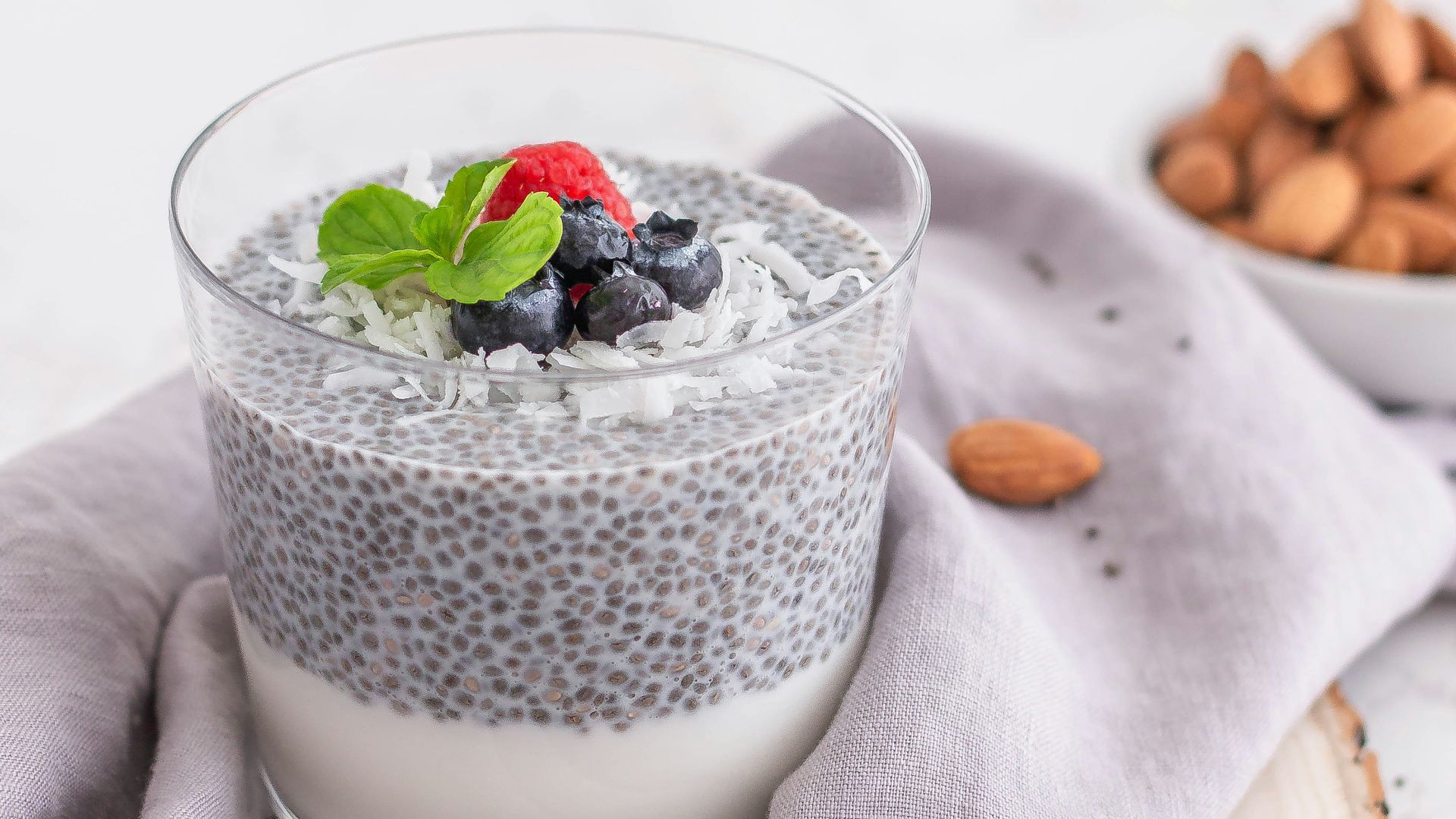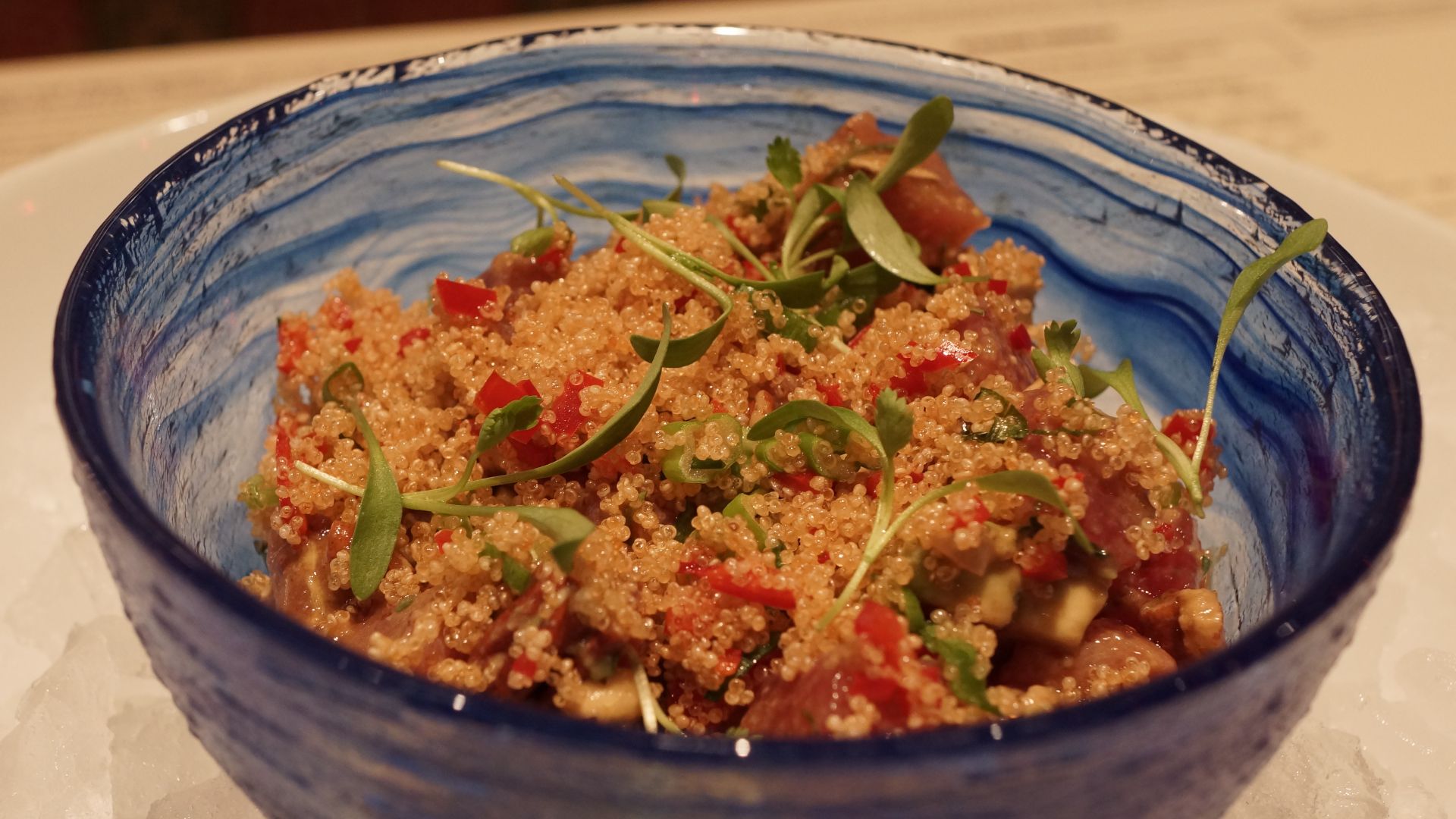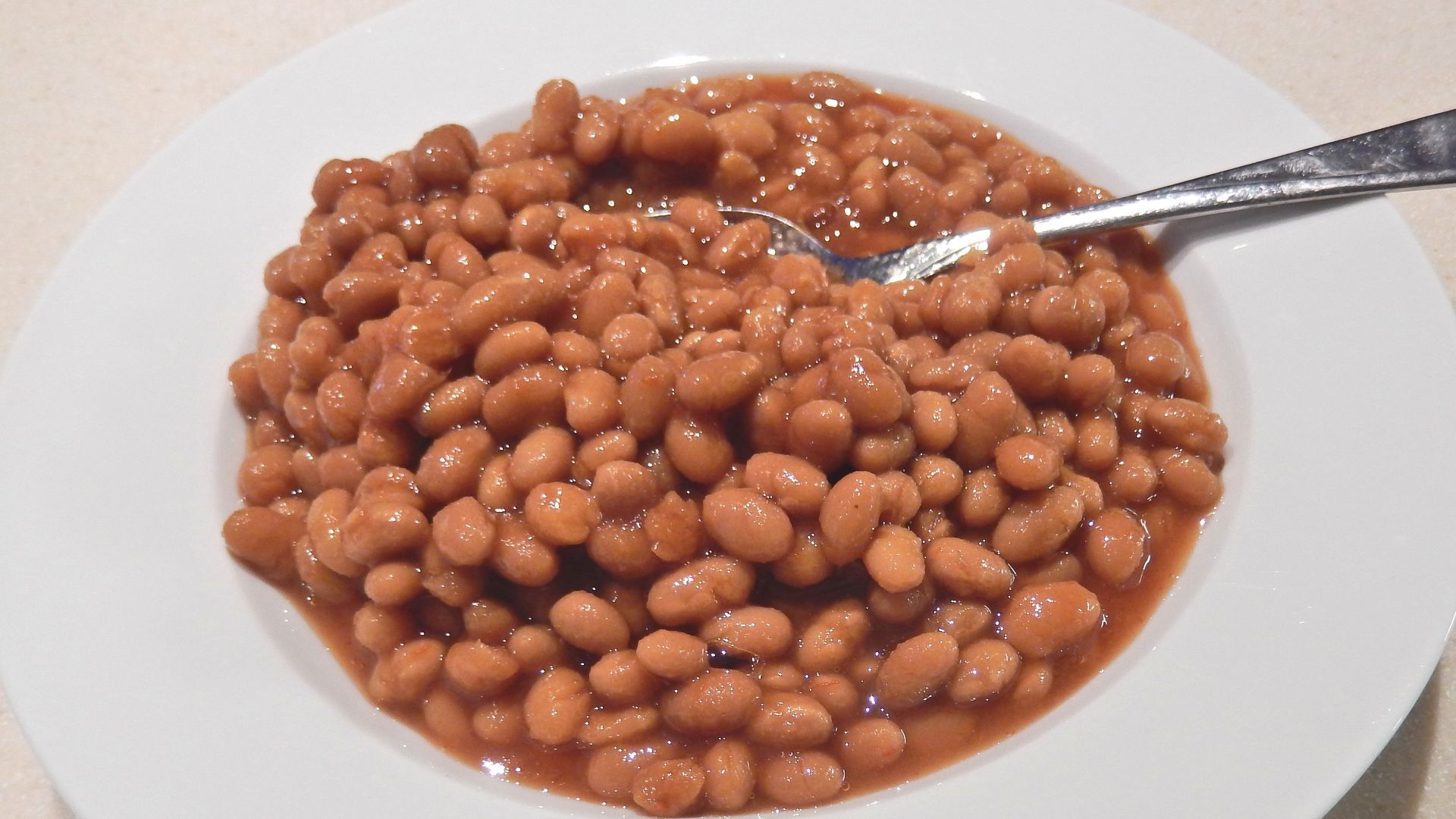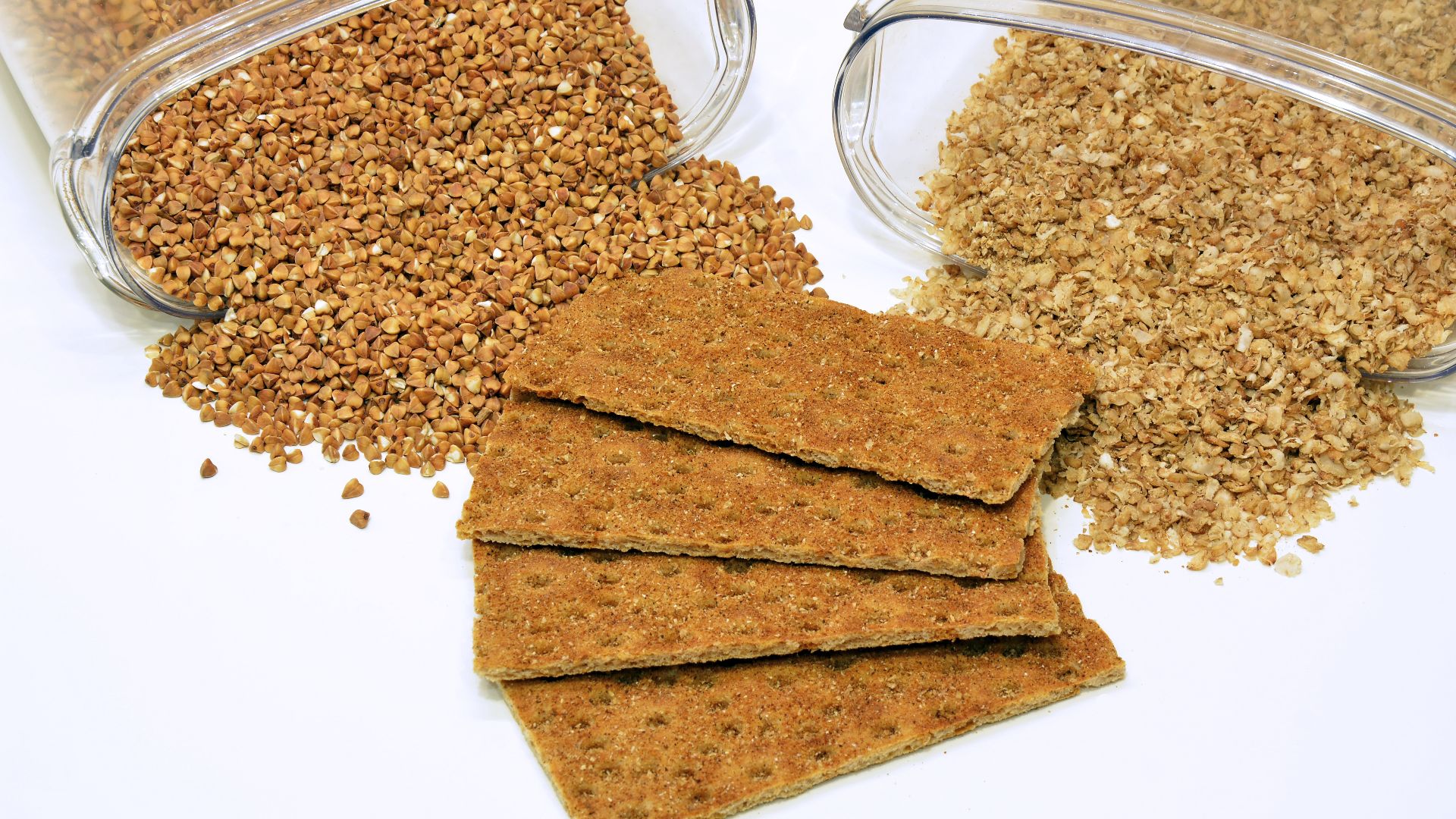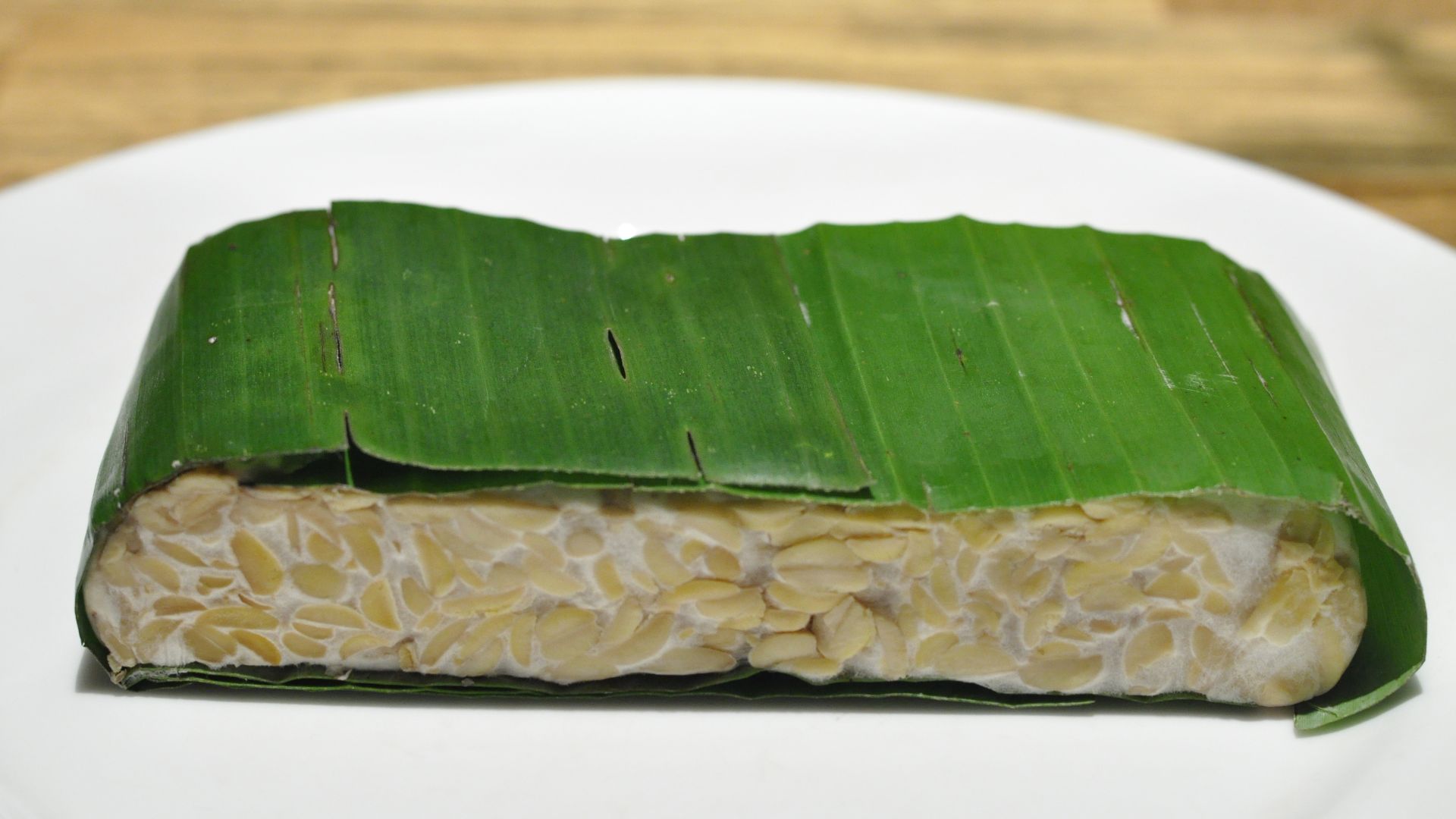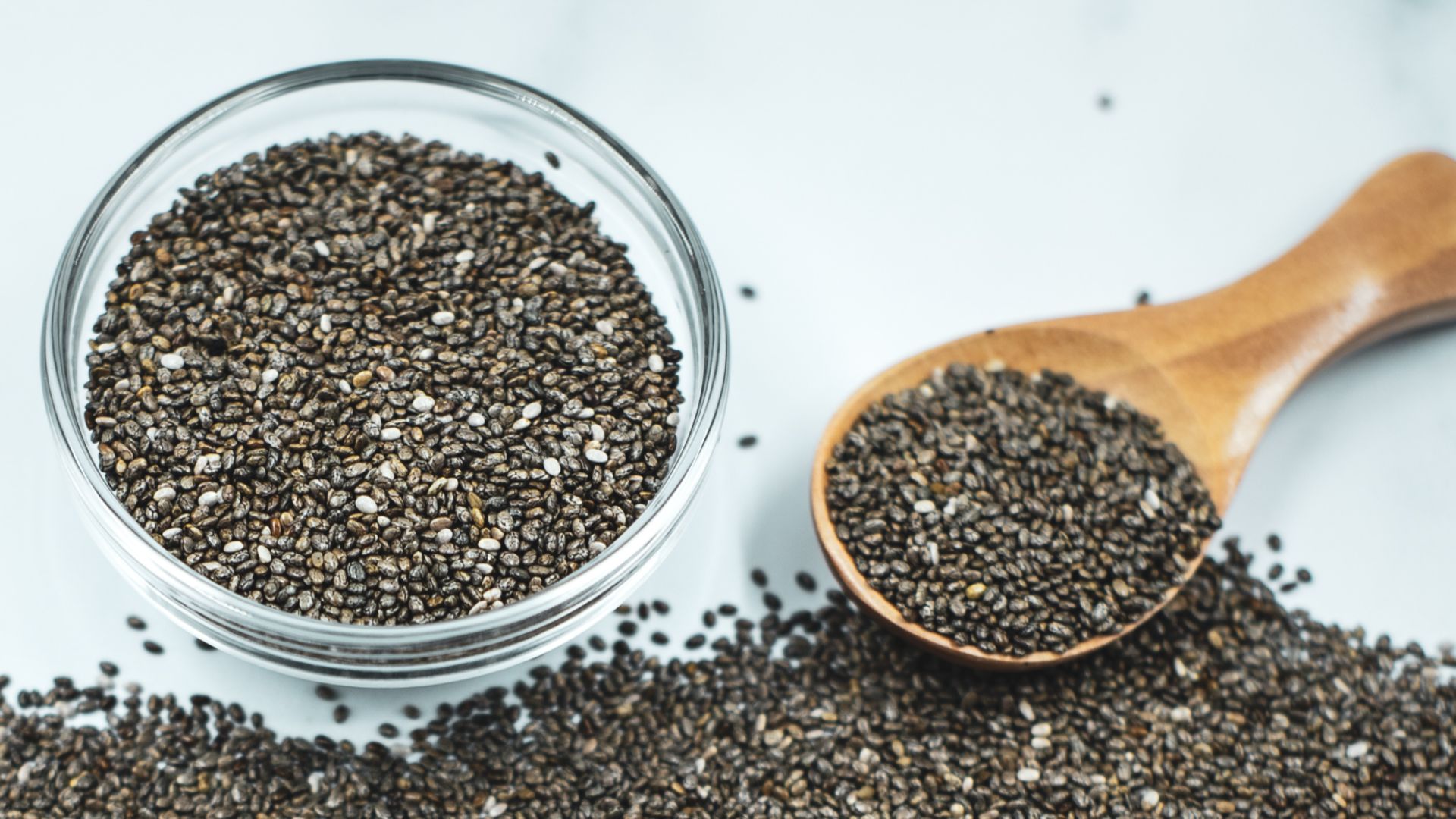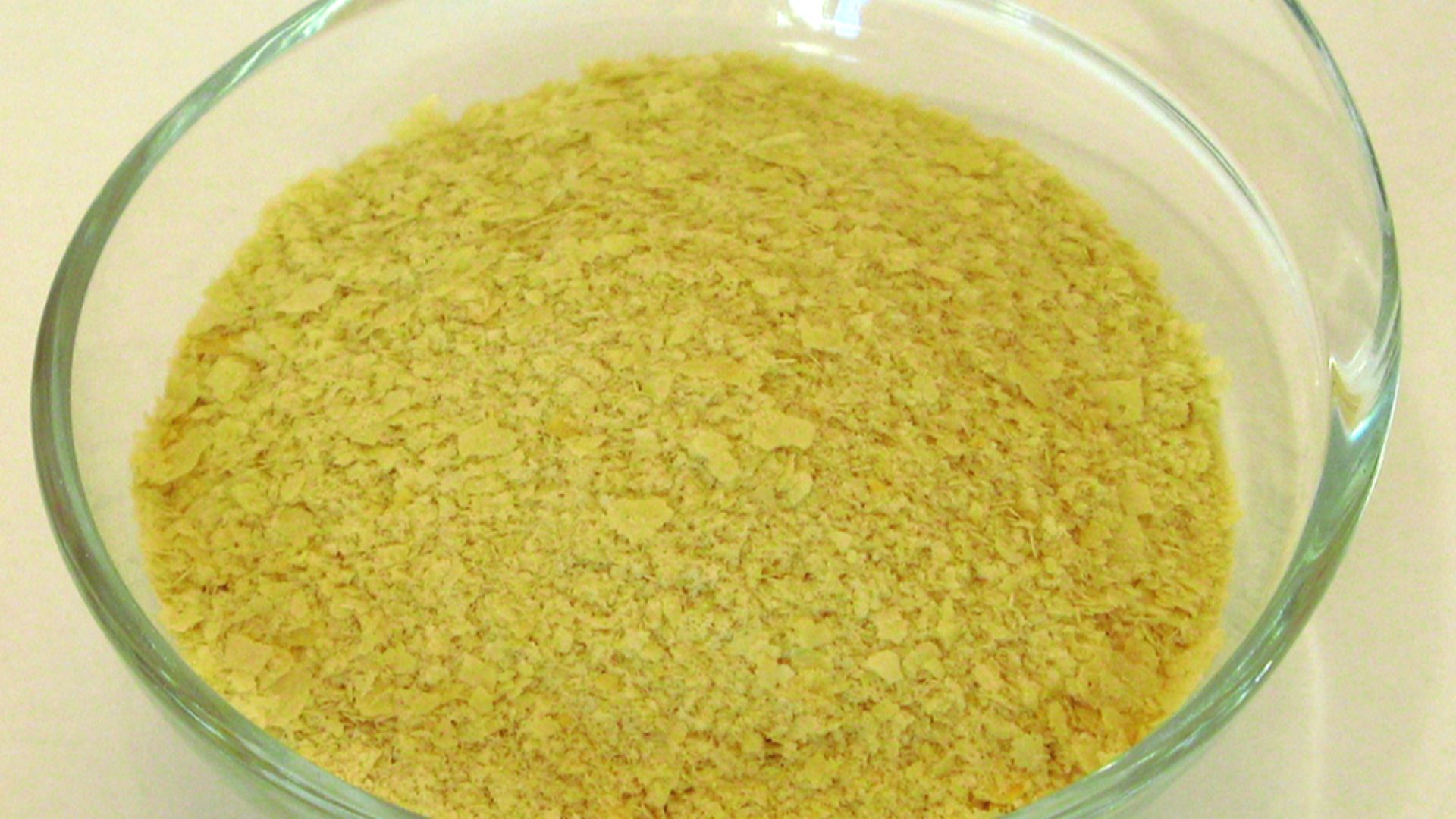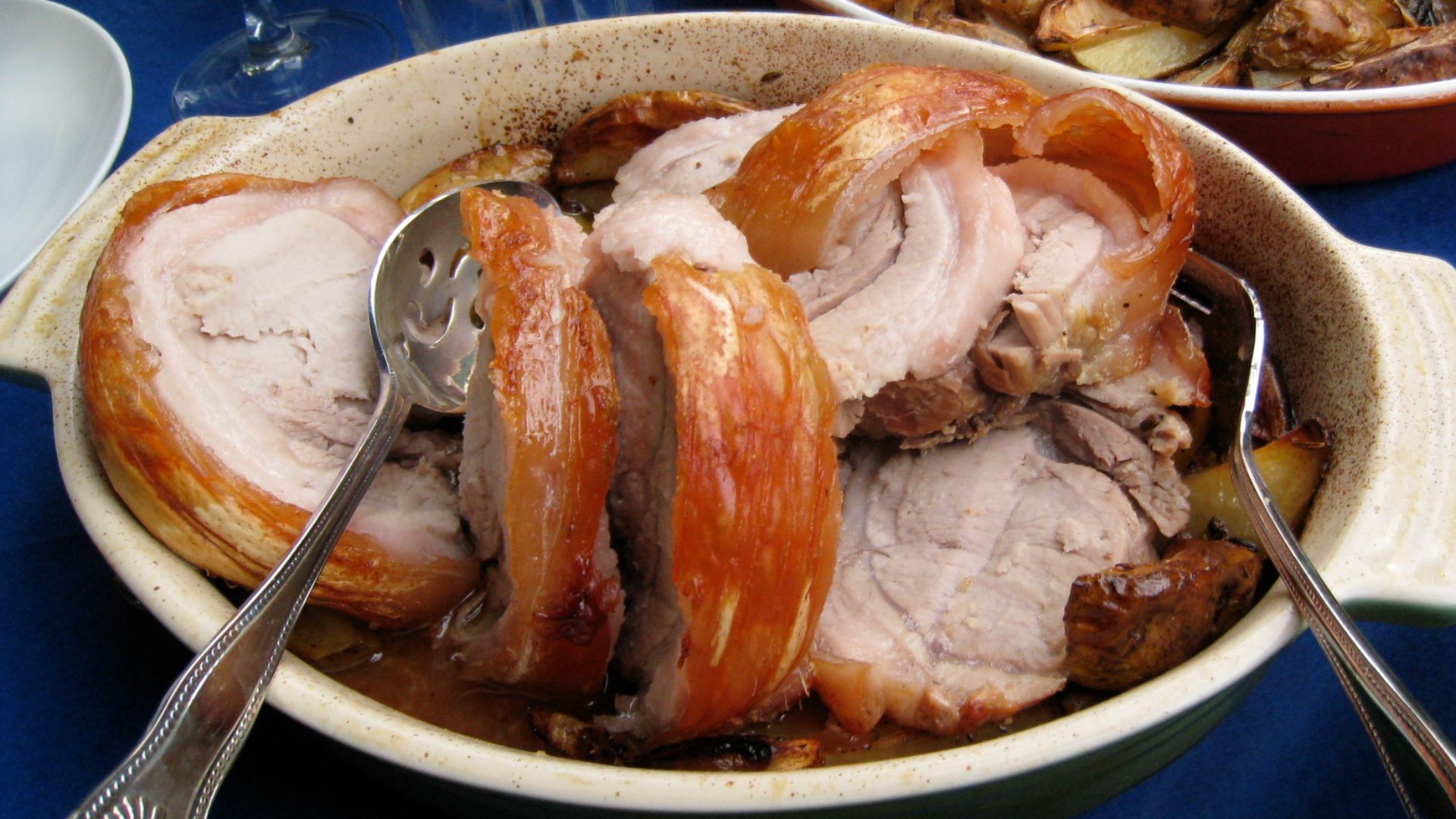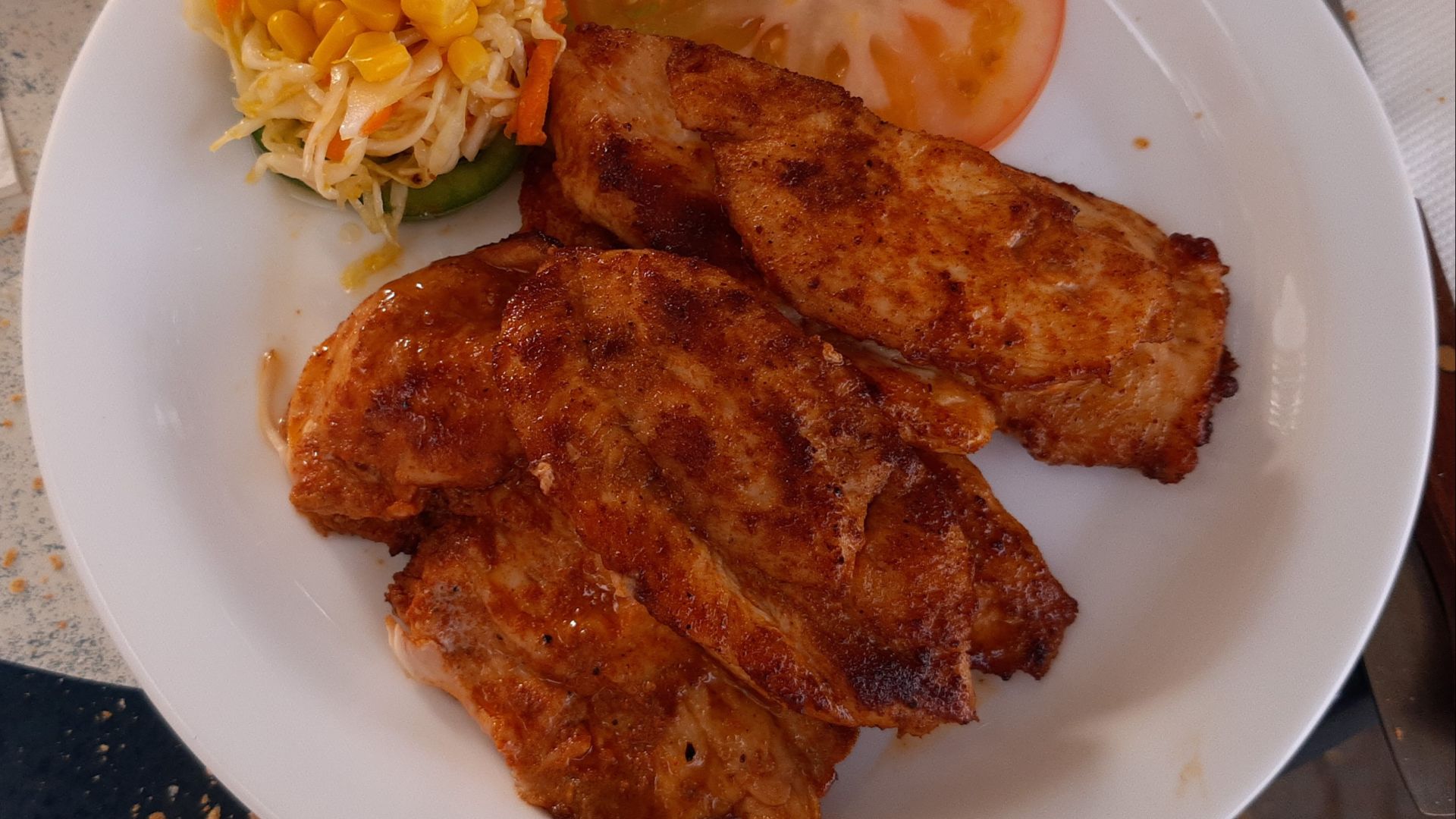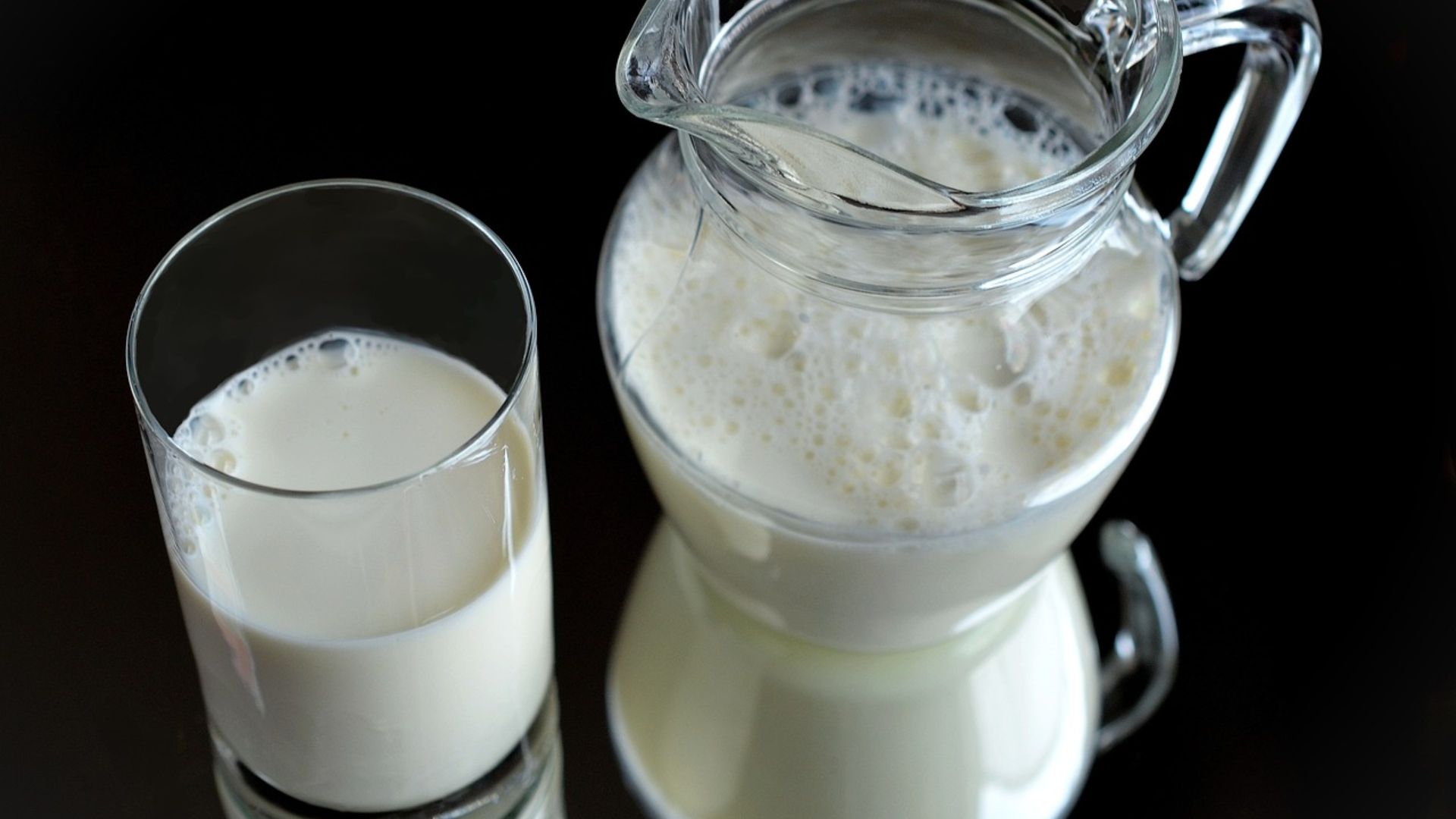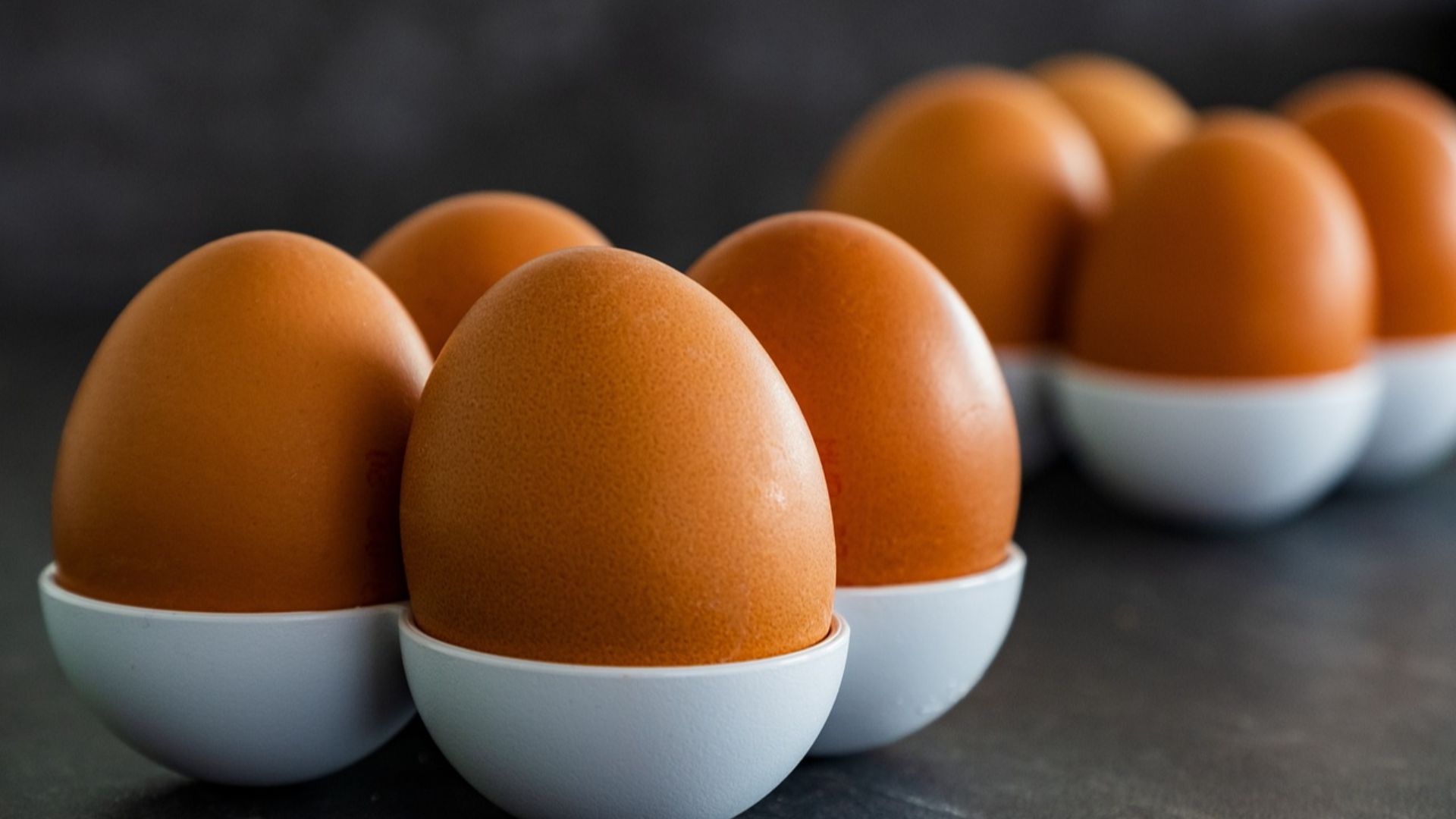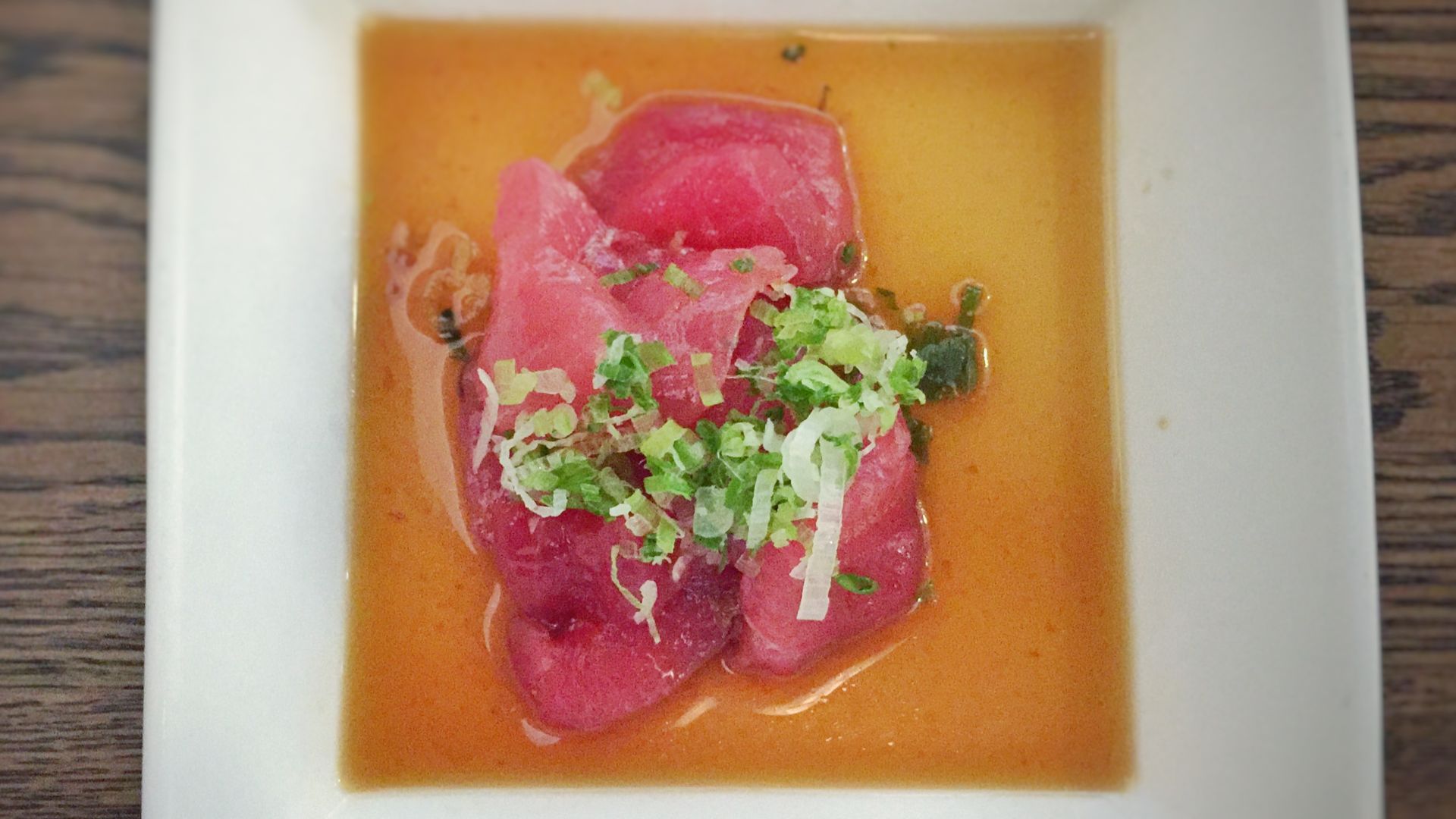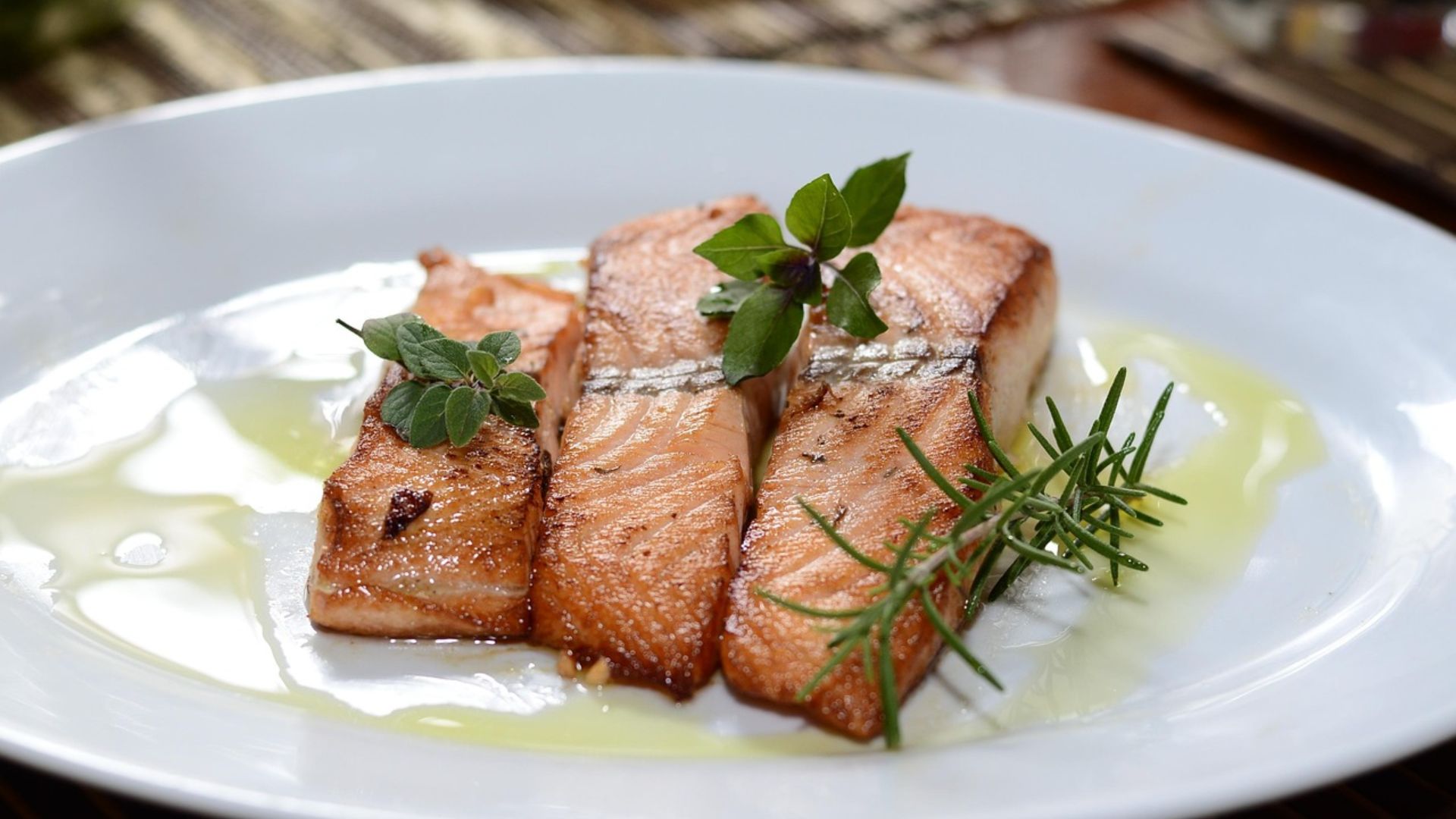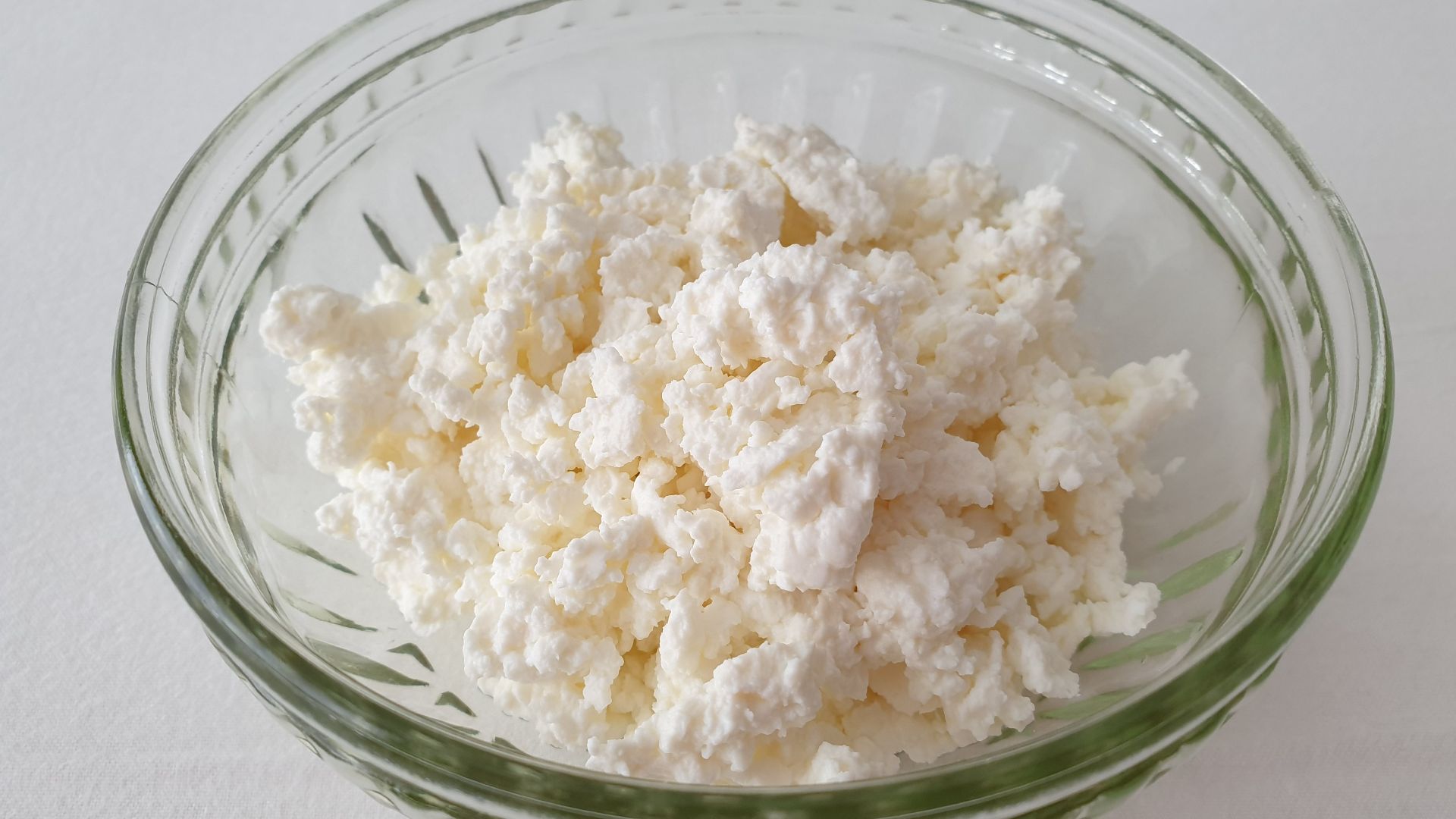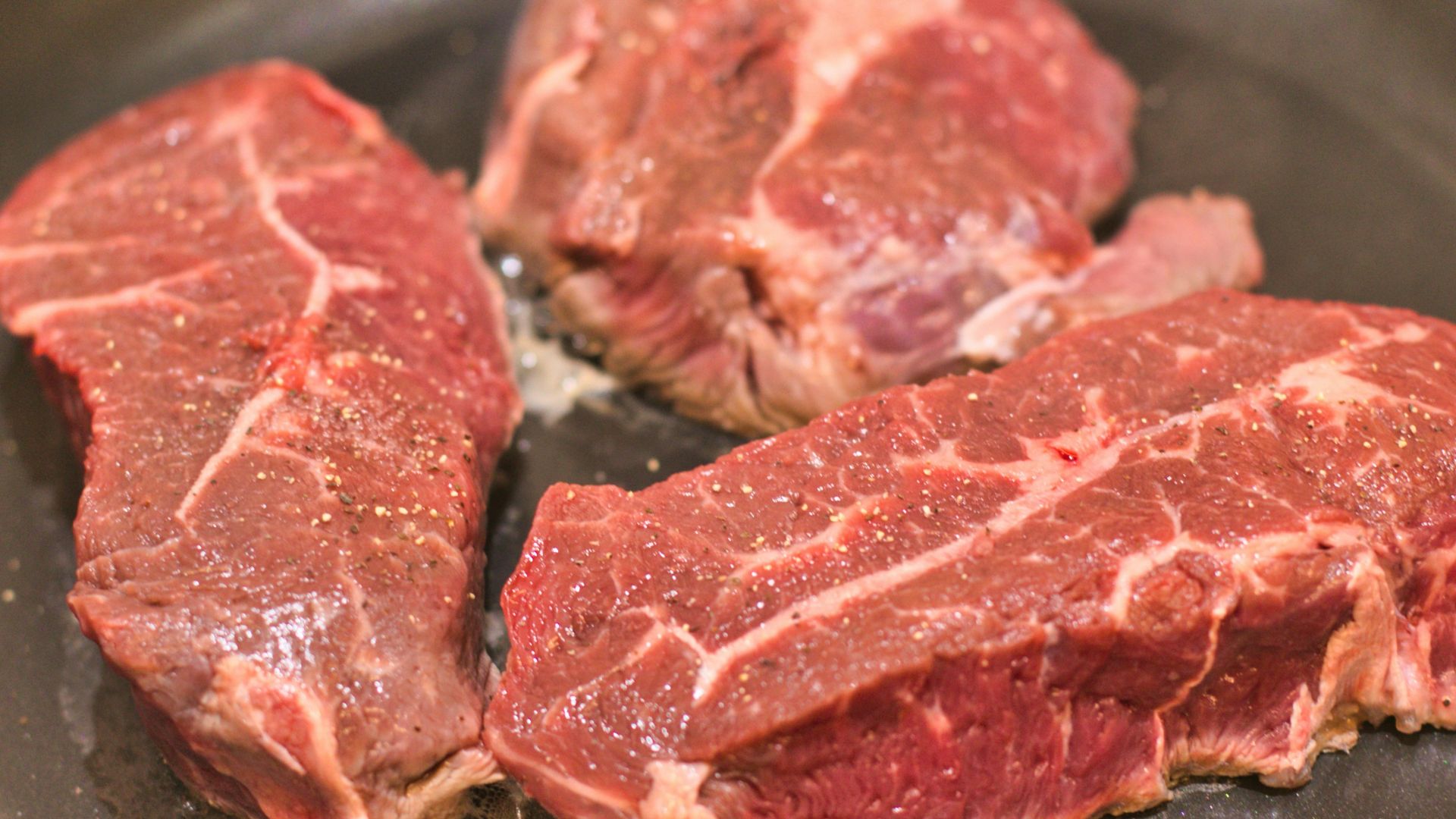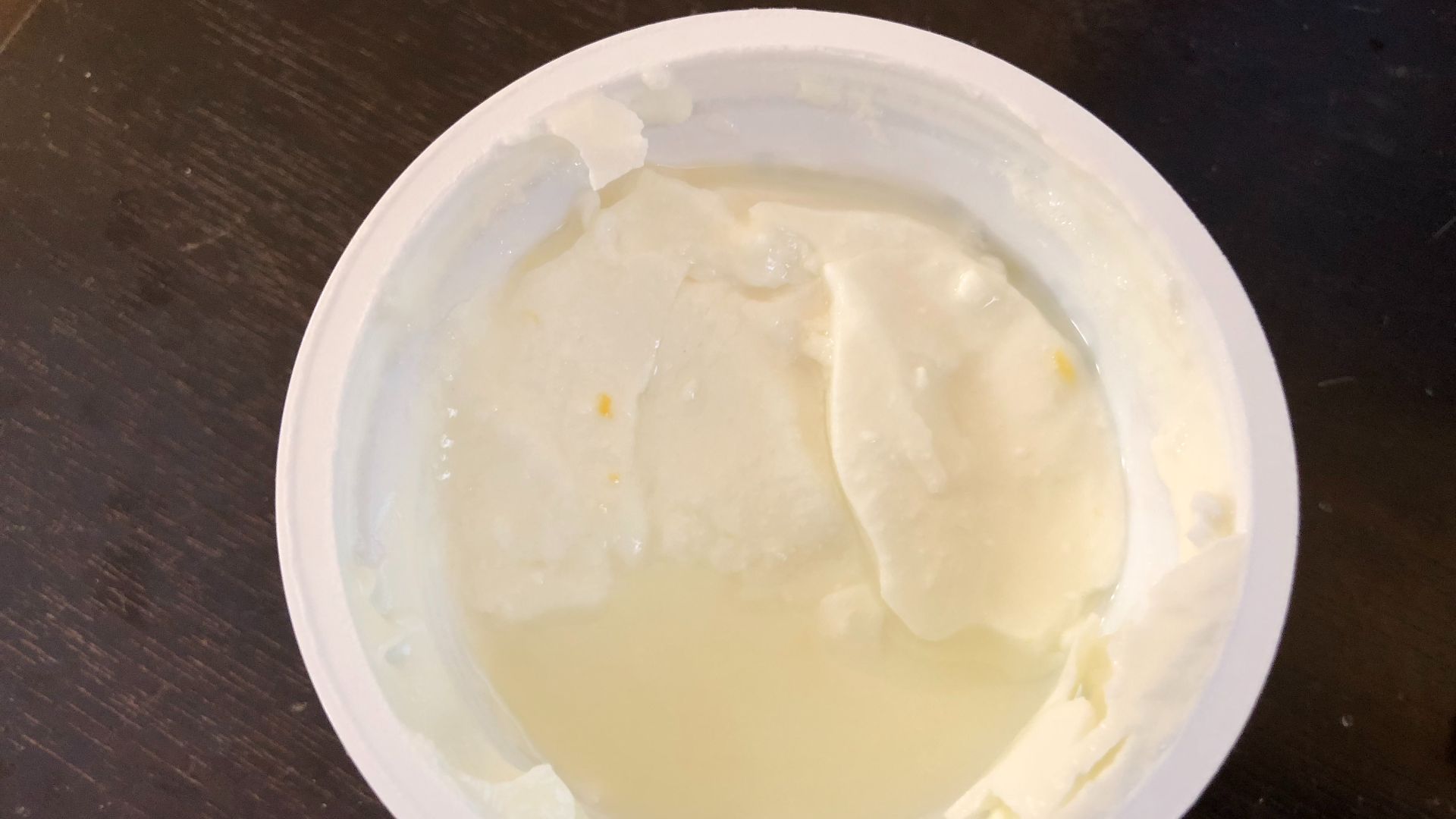Nature's Best In Every Bite
Think a plant-based diet can't give you enough protein? Nature proves otherwise with vegan-friendly foods that contain all essential amino acids. These nutritional powerhouses can repair and support your body in ways that might surprise you. But plants aren't the only winners; delicious animal-based sources also make meeting your protein needs effortless. To give you the full picture, we'll begin by shining the spotlight on the plant-based complete proteins.
1. Quinoa
Quinoa isn’t just any grain; it’s a gluten-free powerhouse containing all nine essential amino acids, including rare lysine. No wonder the UN calls it a “super crop” that’s both protein-rich and incredibly versatile. Aside from that, quinoa is easy to digest and an absolute hero in salads.
2. Soybeans
If tofu or tempeh has ever been on your plate, you’ve already met soybeans in disguise. These little legumes are true protein all-stars; they contain every essential amino acid and isoflavones that support heart health. Interestingly, soy is one of the oldest cultivated crops in the world.
3. Amaranth
Unlike most grains, amaranth includes methionine in its amino acid lineup and is loaded with magnesium and iron—two minerals your body absolutely depends on. Valued historically by the Aztecs as a staple food, it’s also naturally resistant to drought.
4. Buckwheat
Despite its name suggesting otherwise, this food has nothing to do with wheat—Buckwheat is actually a seed. This little powerhouse contains all the essential amino acids and a compound called rutin, a strong antioxidant. It’s a favorite in Japanese soba noodles.
5. Tempeh
Originating in Indonesia, tempeh is produced by fermenting whole soybeans, offering complete protein along with gut-friendly probiotics. Compared to tofu, it is firmer and slightly chunkier—perfect for sandwiches or crumbling into tacos.
6. Chia Seeds
You’ve probably seen chia puddings all over Instagram, and for good reason. These tiny seeds swell up and absorb up to ten times their weight in water, creating a creamy texture that’s perfect for overnight jars. Nutritionally, they’re rich in fiber, calcium, and omega-3s.
7. Ezekiel Bread
Unlike regular bread, Ezekiel bread is made from sprouted grains and legumes to form a complete protein profile. It’s inspired by a biblical recipe and comes free of added sugar. Best of all, it’s endlessly versatile—toast it up for breakfast or top it with avocado.
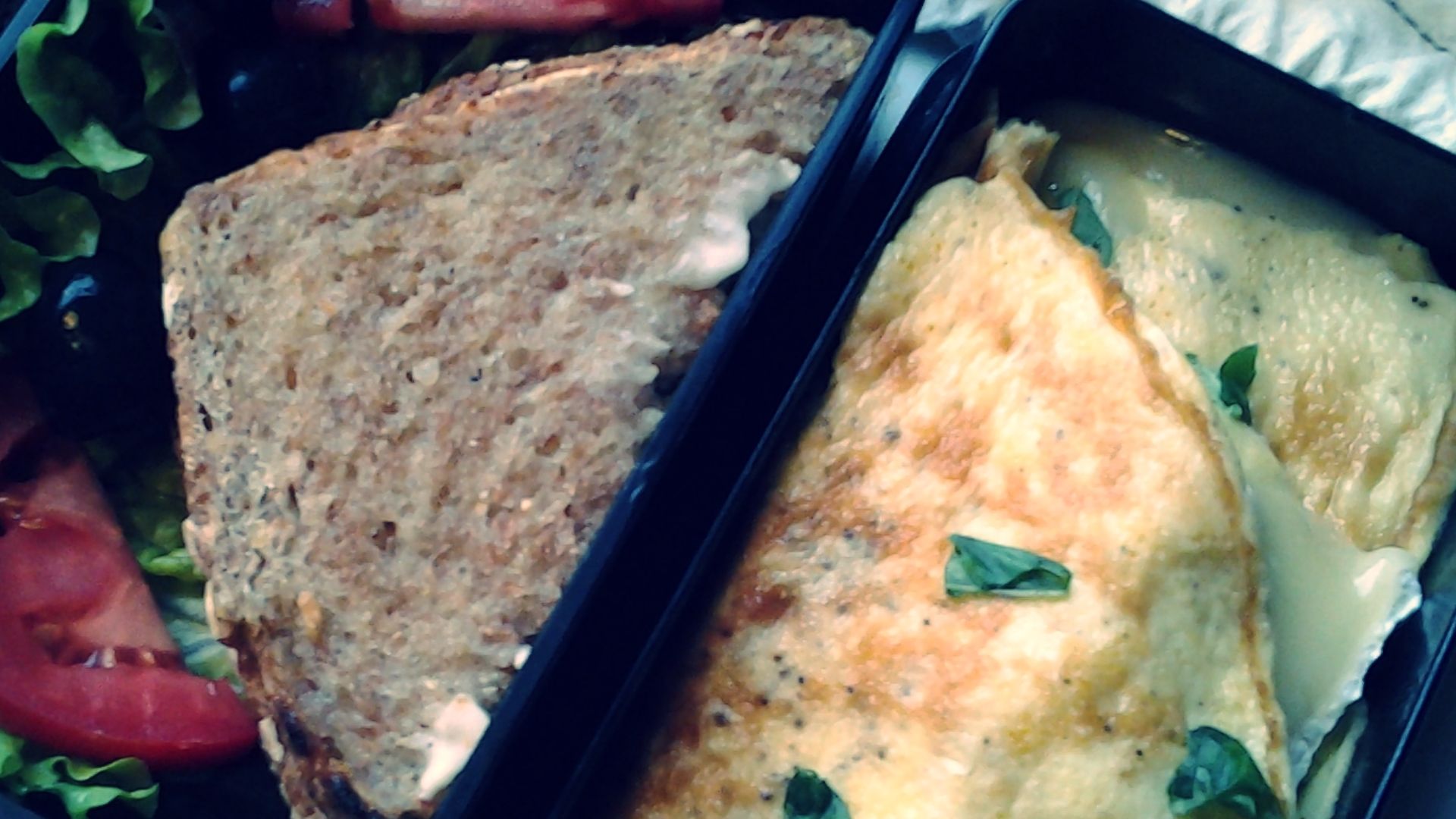 goblinbox_(queen_of_ad_hoc_bento) on Wikimedia
goblinbox_(queen_of_ad_hoc_bento) on Wikimedia
8. Pumpkin Seeds
Pumpkin seeds (Pepitas) are packed with zinc and magnesium—minerals offering help for everything from immunity to bone health. They also contain tryptophan, often associated with improved sleep quality. Notably, native Americans were enjoying them long before they became trendy in smoothie bowls and granola mixes.
9. Spirulina
This one might surprise you—it’s not a plant or a seed, but a blue-green algae. Spirulina offers complete protein that your body can easily absorb, plus a load of B vitamins and iron. It’s so nutritious that NASA has even used it as astronaut food.
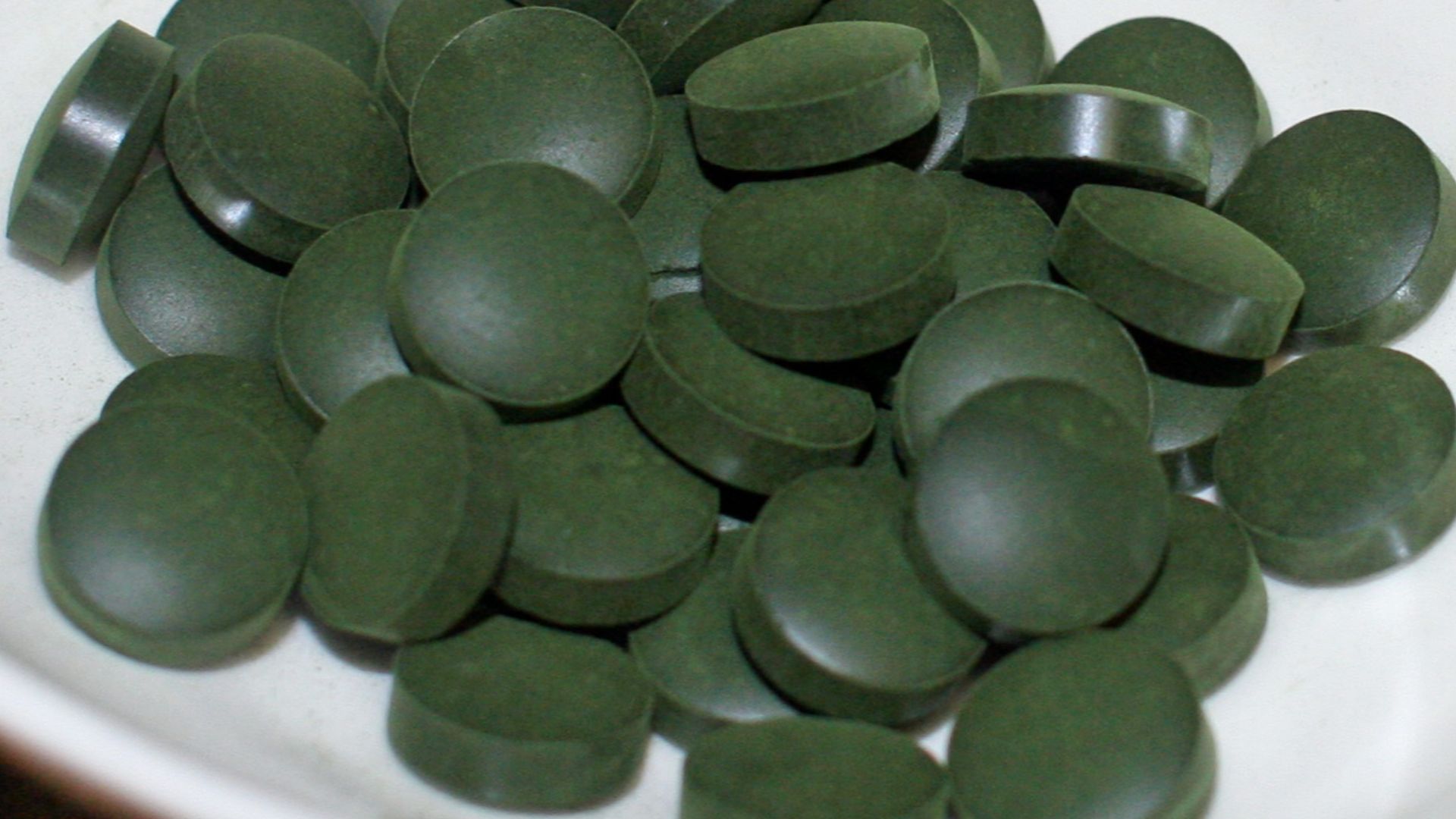 Original uploader was Perdita at the English Wikipedia on Wikimedia
Original uploader was Perdita at the English Wikipedia on Wikimedia
10. Nutritional Yeast
If you’re vegan and miss the taste of cheese, nutritional yeast is your flavor savior. It has a naturally savory, “umami” taste and brings a full amino acid profile to the table. Nutritional yeast is additionally a source of vitamin B12 if fortified, and is grown on molasses.
Let's cross over to flavors from the farm, where animal-based proteins bring their own strengths to the table.
1. Pork Loin
A lean cut with protein containing all nine essential amino acids, pork loin is rich in thiamine. Known as “the other white meat,” its popularity grew through a famous campaign. Its versatility is clear, featuring in a wide range of global cuisines.
2. Chicken Breast
Chicken breast is a lean, complete protein that works in almost any meal. Packed with niacin and selenium, it supports overall health while staying low in fat. As the most consumed meat in the U.S., skinless cuts make it even leaner.
3. Milk
The most consumed animal-based protein worldwide is still milk. Every glass packs both whey and casein, two high-quality proteins, along with calcium and vitamin D to support bone health. Its diversity shines in hundreds of dairy products, from yogurt and cheese to comforting hot cocoa.
4. Eggs
When it comes to convenient nutrition, eggs are hard to beat. Each large egg delivers around 6g of protein plus a healthy dose of choline, a nutrient that supports brain health. As for shell color, don’t worry—they’re all equally nutritious.
5. Turkey
Famous for its high-quality complete protein, this meat is also rich in tryptophan. Popular during holiday celebrations, it often takes center stage at festive tables. Turkey is leaner than most red meats, which makes it a versatile option beyond special occasions.
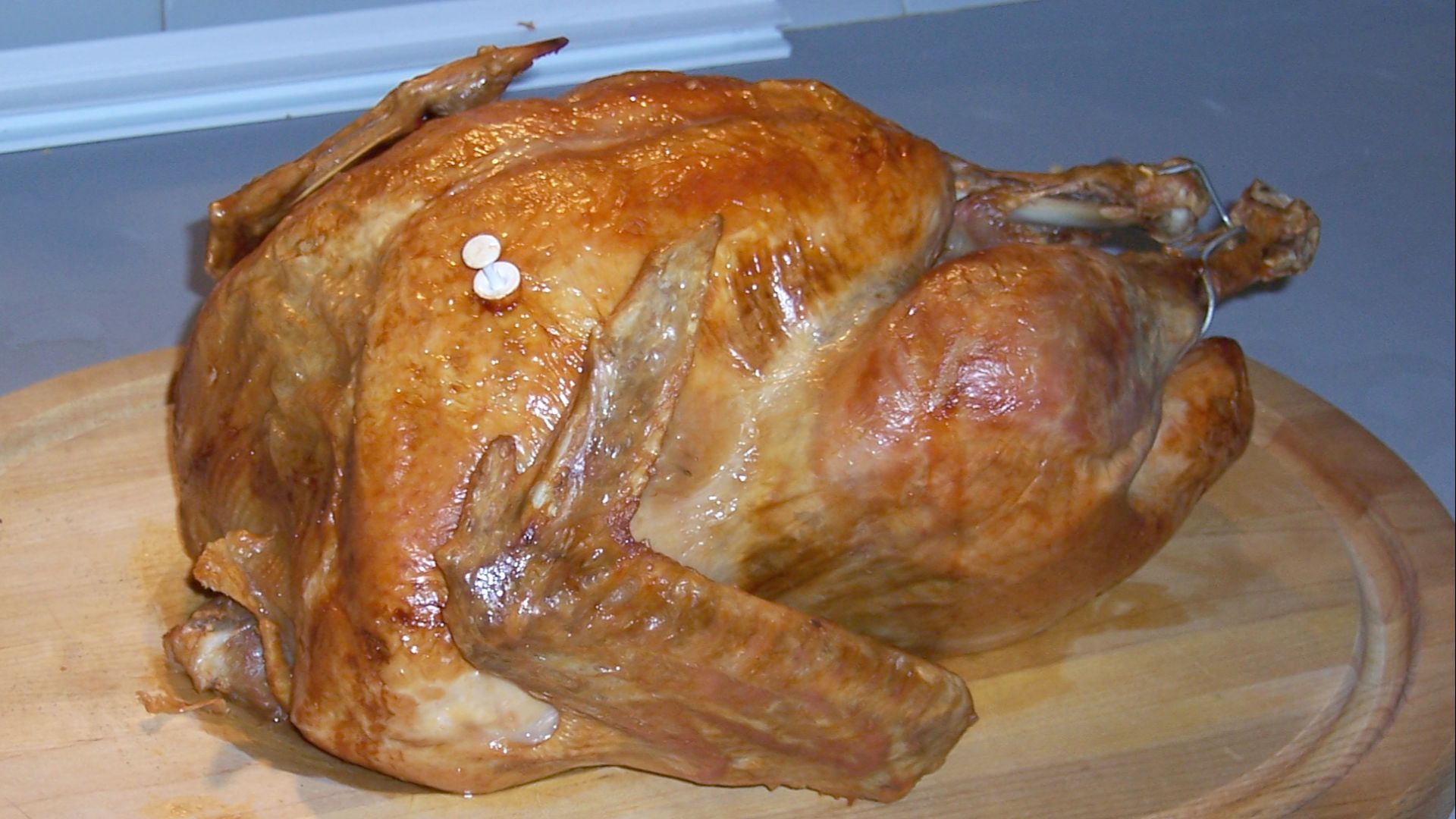 Patrick Fitzgerald from Atlanta, GA, USA on Wikimedia
Patrick Fitzgerald from Atlanta, GA, USA on Wikimedia
6. Tuna
This fish leads the pack with very little fat. Tuna is a powerhouse of selenium and vitamin B12, which support immune function and energy. Best of all, tuna can be eaten raw or canned.
7. Salmon
Rich in both flavor and nutrition, salmon delivers complete protein plus omega‑3 fatty acids and vitamin D. The pink color of salmon comes from astaxanthin, a natural antioxidant. Additionally, wild‑caught options generally pack more nutrients.
8. Cottage Cheese
Looking for a protein-packed snack? Cottage cheese fits the bill. Alongside high calcium and phosphorus levels, it's a favorite among bodybuilders in their post-workout diet. Fun Fact: Cottage cheese was likely invented accidentally during milk curdling.
9. Beef (Lean Cuts)
Red meats have fed humans for millennia, and lean cuts of beef continue that tradition. Along with hearty flavor, you get both iron and zinc as well as creatine, which fuels muscle energy. Even today, grass-fed varieties—much like those ancient diets—offer higher levels of omega‑3s.
10. Greek Yogurt
For creamy goodness and double the protein of regular yogurt, Greek yogurt is your go-to. Its thick texture comes from a special straining process, and probiotics add a bonus for your digestive health. This dairy superstar is ideal for breakfast parfaits.
KEEP ON READING

20 Edible Flowers That Actually Taste Amazing

10 Facts About Veganism & 10 Reasons To Go Vegan



